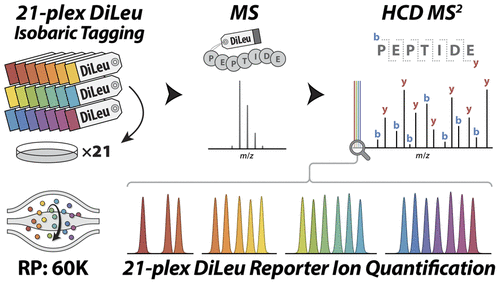Training opportunity leads to publication
In early 2020, a group of researchers from the University of Copenhagen spent a week at NCQBCS facilities to learning more about Activated Ion Electron Transfer Dissociation (AI-ETD) and how to apply it to their research. That training has led to a publication in Cell Reports titled Mapping physiological ADP-ribosylation using Activated Ion Electron Transfer Dissociation (AI-ETD). This work describes the use of AI-ETD for mass spec-based proteomics analysis of ADPr, which is known to play a pivotal role in a wide range of cellular processes.
For more information on training opportunities offered by NCQBCS visit the training section of our website.

